- Joined
- Aug 15, 2000
- Messages
- 19,154
Wow, I guess women aren't allowed to work there! There's not a single woman in that video. (Unless the hands of the person in the packing department belong to a woman.)
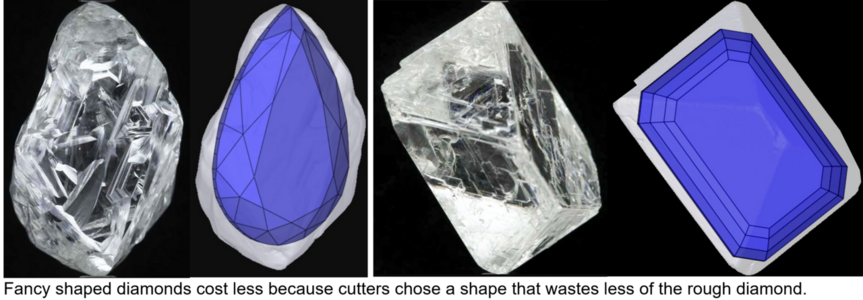
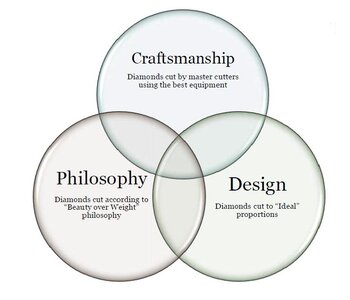
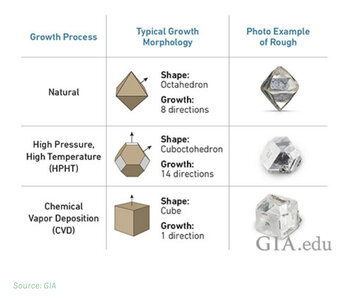
Fascinating!
Is it so that the CVD process of lab diamonds is more straight forward than HPHT? In the CVD video the rough looked like a block whereas the HPHT looked more “natural”.
How much cheaper are lab diamonds to produce?
I found this picture online which I find interesting. I didn’t know that natural diamonds have 8 growth directions, whereas HPHT has 14 and CVD only one.

Many of them require hpht treatment to drive off the defects so its not all roses.Yes and as a result CVD tends to be cut shallower which makes better looking diamonds than natural or HPHT.
CVD can be grown to the depth required for say a 1ct order
Fascinating!
Is it so that the CVD process of lab diamonds is more straight forward than HPHT? In the CVD video the rough looked like a block whereas the HPHT looked more “natural”.
How much cheaper are lab diamonds to produce?
I found this picture online which I find interesting. I didn’t know that natural diamonds have 8 growth directions, whereas HPHT has 14 and CVD only one.
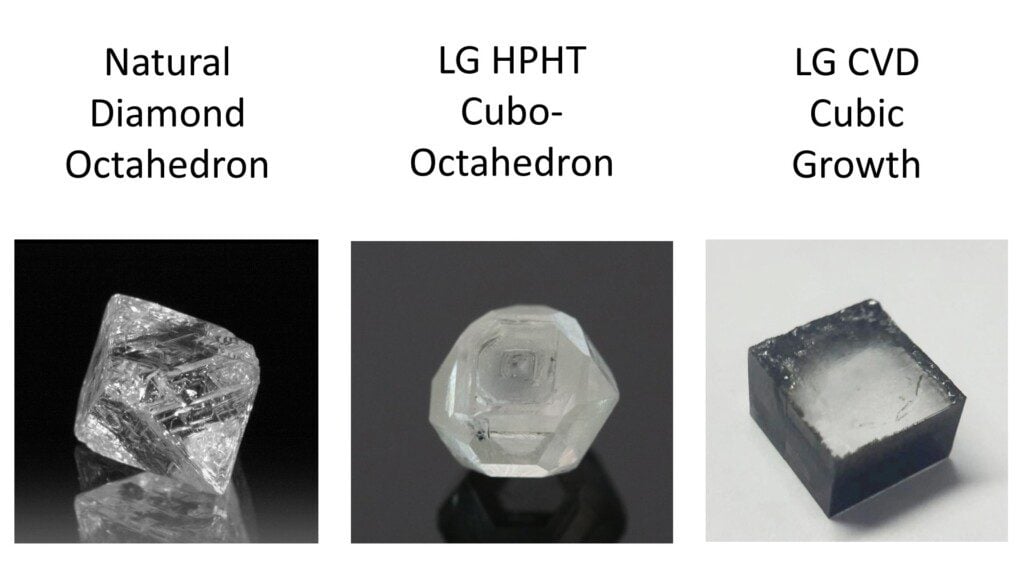

Many of them require hpht treatment to drive off the defects so its not all roses.
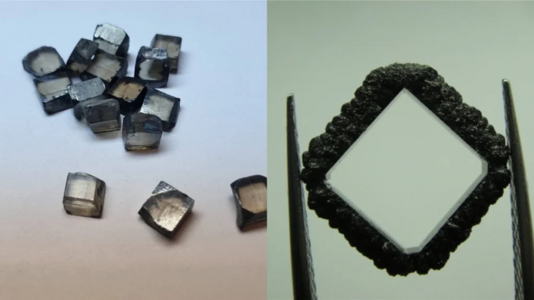

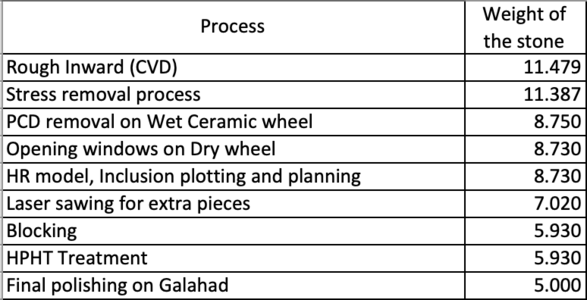
I have visited this factory in Surat a few times. The owners are highly ethical and very clever.
Very little is left to chance.
Enjoy:
